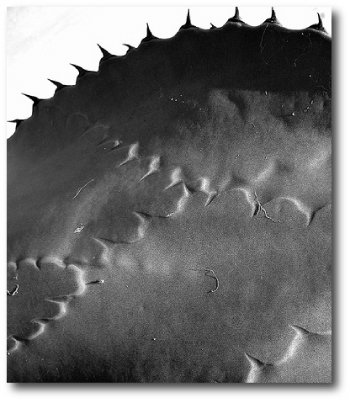
Image Source.
Literally seconds after I pressed the submit button on this afternoon’s TrES-3 post, the telephone rang. Eugenio.
“Did you see astro-ph? the Swiss have a transiting Neptune around Gl 436!”
I stayed up almost all night last night finishing my NASA PGG proposal, and so the cogs in my brain were turning rather slowly.
“Gl 436?” I asked, confused, “That doesn’t sound right. You’re sure it’s not Gl 674?”
But he was right. It is Gl 436 b that’s transiting, and this is easily the biggest planet-related discovery so far this year. New results from the Swiss team have been coming so thick and fast that it’s hard to even keep them all straight. Let me be the first to offer my heartfelt — and let’s admit it, envious — congratulations.
First, the hard facts that we’ve all been waiting for. The planet has a mass of 23 Earth-masses and an orbital period of 2.64385 days. It orbits a red dwarf star 33 light years away. The temperature on the planet is somewhere in the oven-cleaning neighborhood of 600K (327K, 620F). No habitability news stories on CNN for this fine fellow. The transit depth is a healthy 0.6%, which implies that the the planet’s radius is ~25,000 km. That’s four times that of the Earth, and essentially identical to the 24,764 km radius of Neptune.
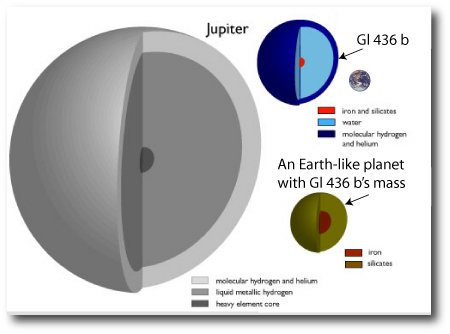
The Neptune-like radius indicates that the planet is largely composed of water. This means that it formed beyond the snow-line in Gl 436’s protoplanetary disk and then migrated inward to its present location.
Remarkably, Gl 436b has been known for over two years. In the original discovery paper (on which yours truly was a co-author) there are a number of photometric observations of the star taken over a long period. When the data are folded at the orbital period of the planet, no transit was visible. It looks like systematic effects associated with the analysis of long-baseline photometry may have resulted in the baby being thrown out with the bathwater. In retrospect, that clump of points just to the right of the predicted transit interval may actually be the transit.
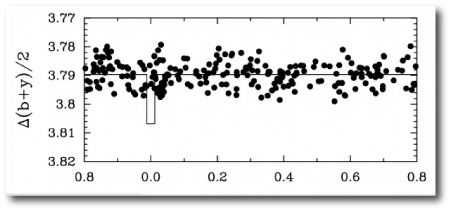
Lesson learned. Even if folded photometry shows no sign of a transit, it’s important to follow up with a time-series that covers an entire predicted transit window. This object is within reach of dozens of amateur observers, and it has been sitting in the transitsearch.org candidates table since 2004. Had I pushed for observations of this planet in the same way that we pushed for Gl 581 b and Gl 876 b and c, then we would have gotten it. But to the Victor belongs the prize, and I’m thrilled that this long-awaited Neptune-mass transiting planet has turned up.
The opportunities for follow-up on this discovery are enormous. First, the eccentricity of Gl 436 b appears to be alarmingly high. Single planet fits to the radial velocity data indicate e=0.16. The orbit, however, should have been tidally circularized quite a while ago. It’s likely that there’s additional perturbing bodies in the system. To get a discussion going, look at this fit by user flanker on the systemic backend. There’s an urgent need to start fitting this system to get multiple-planet fits that have (1) low chi-squares and (2) low F-test statistics for planets beyond the known transiting planet “b”. If you find a good fit, upload it to the backend.
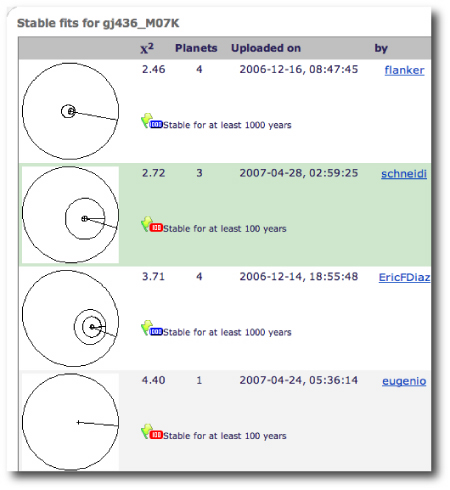
Gl 436 should be placed under constant photometric surveillance. If you’re capable of doing sub-1% photometry, please get out there on the sky whenever the night is clear and Gl 436 is at low air mass. If there are additional planets in the system, then it’s completely possible that they are transiting as well.
In addition, it’s very important to collect the best possible time-series data for future Gl 436 transits. By timing when the transits occur, it will be possible to derive the orbital elements of significant additional perturbing bodies. This endeavor is within the reach of careful amateur and small-telescope observers.
And then there’s the Rossiter effect:
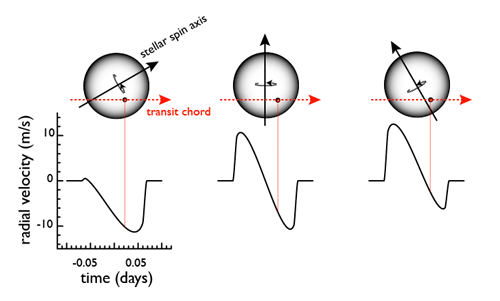
Folding the downloadable systemic console‘s gj436_M07K dataset at 2.64385 days shows two points that have (possibly) had their velocities altered as a result of being taken during transit:
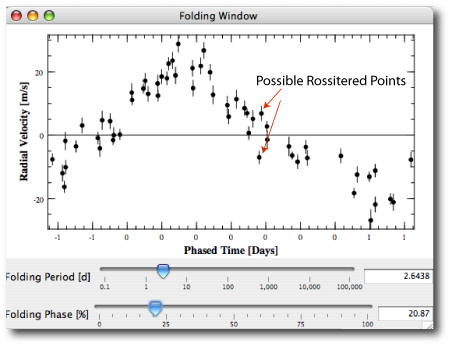
And finally, no more major discoveries this week, please! I’ve got to finish my Kepler Participating Scientist proposal to NASA, which is due on Friday.

Pingback: Dynamics of Cats
Pingback: Astrolink [Global Edition] » Astrosphere for May 16, 2007 | Latest astronomy news in 11 languages
Pingback: Curious Cat Science and Engineering Blog » Hot Ice Planet
Hi Greg,
I agree with you, Greg, that there must be a perturbing body responsible for the .16 eccentricity of GJ 436b, especially considering that this planet has been around for a very long time. But, I think I can safely say at this point, that after the fits that some of my colleagues and I have done for this system, the data for perturbing body responsible for the .16 eccentricity of GJ 436b just isn’t in the directory for this system. Marcy et al need to go back to Keck and collect more RV data for this system. Maybe then we can come up with a proper characterization of this system that would account for the eccentricity of GJ 436b. At least, that is my assessment at this time.
Eric
Hi Greg and “blog readers”
I’ve got the GJ 436_b in transit last 17th…
http://www.atalaia.org/gregorio/artigo.php?id=12
Joao
aka Gregas
Hi Greg!
Yesterday three young amateur astronomers (Teja Fabjan,Primož Kuk and Matej
MihelÄiÄ),from Slovenia (EU) observed transit of TrES-3!
See:
http://www.astronom.si/forum/index.php?topic=2617.0
Further processing is on the way!
Nikolaj Å tritof
(NIKKI)
Hi Joao, Nikki,
Great news! I’ll be writing a post later today with the latest on 436…
best,
greg
Pingback: systemic - A hot hot Neptune
Pingback: Blog de Astronomia do astroPT » PossÃvel “Super-Earth” em torno de GJ 436
Pingback: systemic - one seven one five six redux
Pingback: Blog de Astronomia do astroPT » Vários Planetas